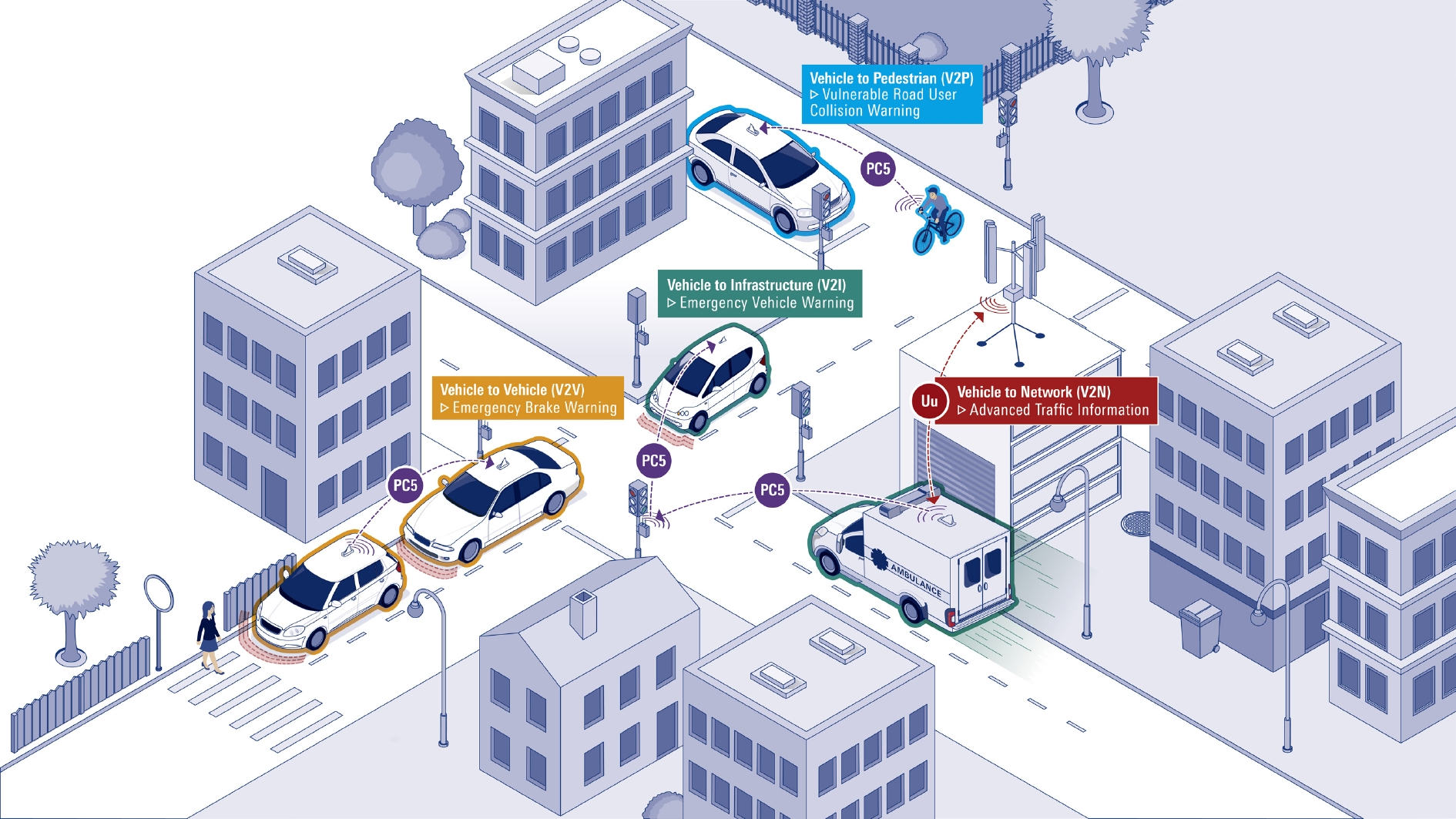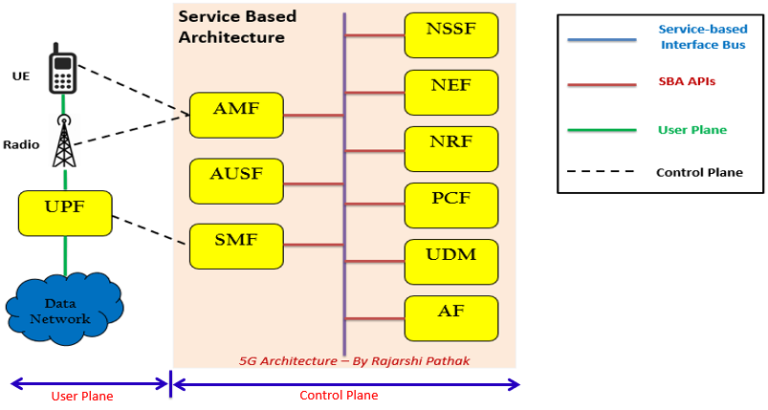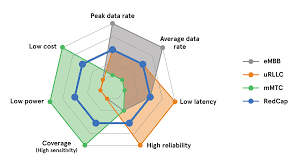C-V2X Explained: How Cellular Vehicle-to-Everything Enables Smart Mobility
telcomatraining.com – In the rapidly evolving landscape of intelligent transportation, Cellular Vehicle-to-Everything (C-V2X) technology plays a critical role. As vehicles become more autonomous and cities aim to become smarter, reliable and low-latency communication between vehicles, infrastructure, and pedestrians becomes essential. C-V2X is the emerging solution that promises to make transportation safer, faster, and more efficient by leveraging cellular networks.
What is C-V2X?
C-V2X stands for Cellular Vehicle-to-Everything, a communication platform that allows vehicles to interact with each other (V2V), with infrastructure (V2I), with pedestrians (V2P), and with the network (V2N). This technology is built on existing 4G LTE and future 5G cellular infrastructure, enabling high-speed and low-latency communication.
Developed by the 3rd Generation Partnership Project (3GPP), C-V2X is designed to support both direct communication between vehicles and broader network-based communication, making it a future-ready alternative to older systems like Dedicated Short-Range Communications (DSRC).
Key Benefits of C-V2X
1. Enhanced Road Safety
C-V2X allows vehicles to “see” beyond what the human eye or onboard sensors can detect. For example, cars can receive alerts about potential collisions, sudden braking ahead, or pedestrians crossing streets, even around corners or in poor visibility conditions. This real-time information sharing significantly reduces the risk of accidents.
2. Improved Traffic Efficiency
Through communication with traffic signals and infrastructure, C-V2X can help manage congestion. Vehicles can receive real-time updates about traffic light changes, road work, or traffic jams, allowing drivers or autonomous systems to make informed decisions, reroute, or adjust speed to optimize fuel consumption and reduce travel time.
3. Low Latency Communication
One of the defining advantages of C-V2X over traditional systems is its low latency—an essential feature for safety-critical scenarios. By using direct communications that don’t rely solely on a cellular network, vehicles can exchange information almost instantly, which is crucial for preventing collisions or coordinating maneuvers.
4. Support for Autonomous Vehicles
As self-driving technology continues to evolve, C-V2X provides the robust communication framework needed for autonomous vehicles to operate safely and efficiently in mixed traffic environments. By interacting with other vehicles and infrastructure, autonomous systems gain enhanced situational awareness.
How C-V2X Works
C-V2X operates in two communication modes:
- Direct Communication (PC5 Interface): Enables communication without a network, using dedicated short-range frequencies for vehicle-to-vehicle and vehicle-to-infrastructure interactions.
- Network-Based Communication (Uu Interface): Utilizes traditional cellular networks (like 4G/5G) for broader data sharing, updates, and cloud integration.
This dual-mode capability allows C-V2X to support a wide range of use cases—from immediate safety alerts to large-scale traffic management.
C-V2X and the Future of Smart Mobility
C-V2X is a cornerstone of smart mobility, a concept that merges advanced transportation systems with real-time data to optimize movement in urban environments. It aligns with global efforts to reduce carbon emissions, improve traffic flow, and enhance urban living standards.
Government agencies and automakers are already investing in C-V2X-enabled infrastructure and vehicles. Trials and early deployments have shown promising results in countries like the United States, China, and Germany. With 5G rollout expanding globally, the scalability and capabilities of C-V2X are set to increase exponentially.
Final Thoughts
As cities continue to evolve and vehicles become increasingly connected, C-V2X stands as a vital enabler of smart mobility. With its ability to provide real-time, reliable communication between all elements of the transportation ecosystem, it is shaping a safer, greener, and more intelligent future for mobility. For automakers, city planners, and consumers alike, embracing this technology is a step toward a truly connected transportation network.







